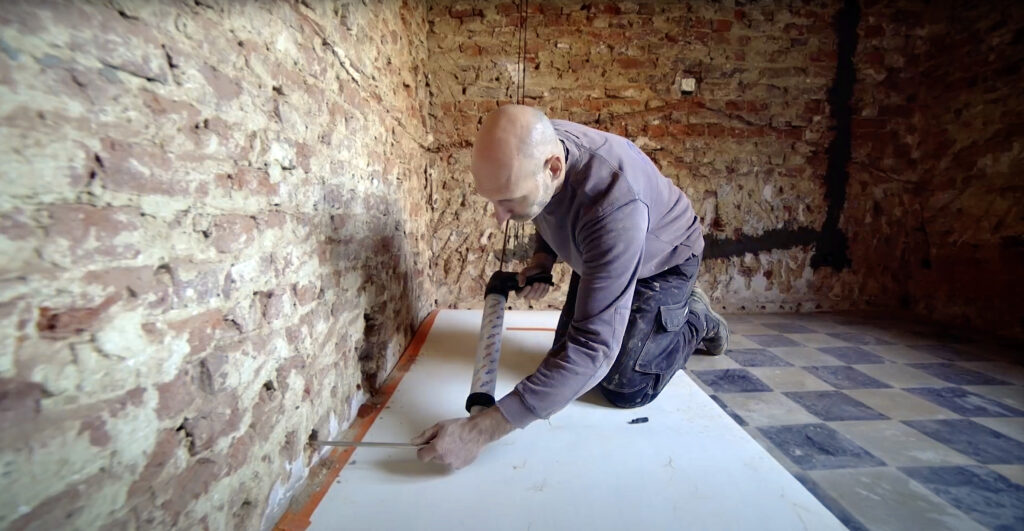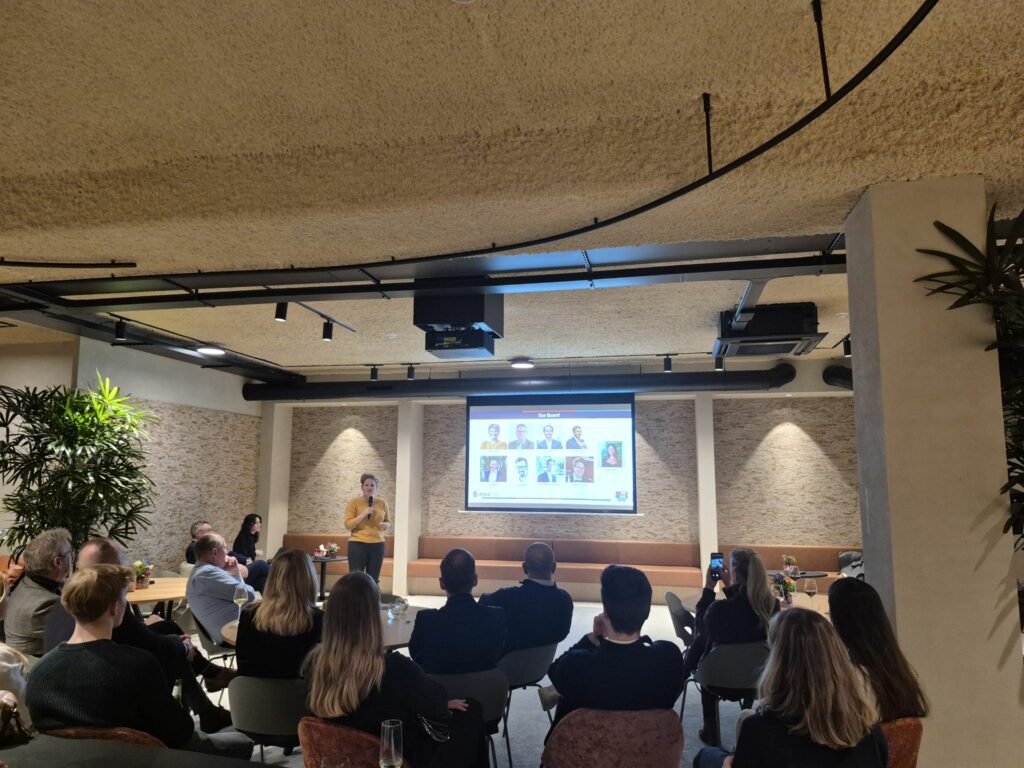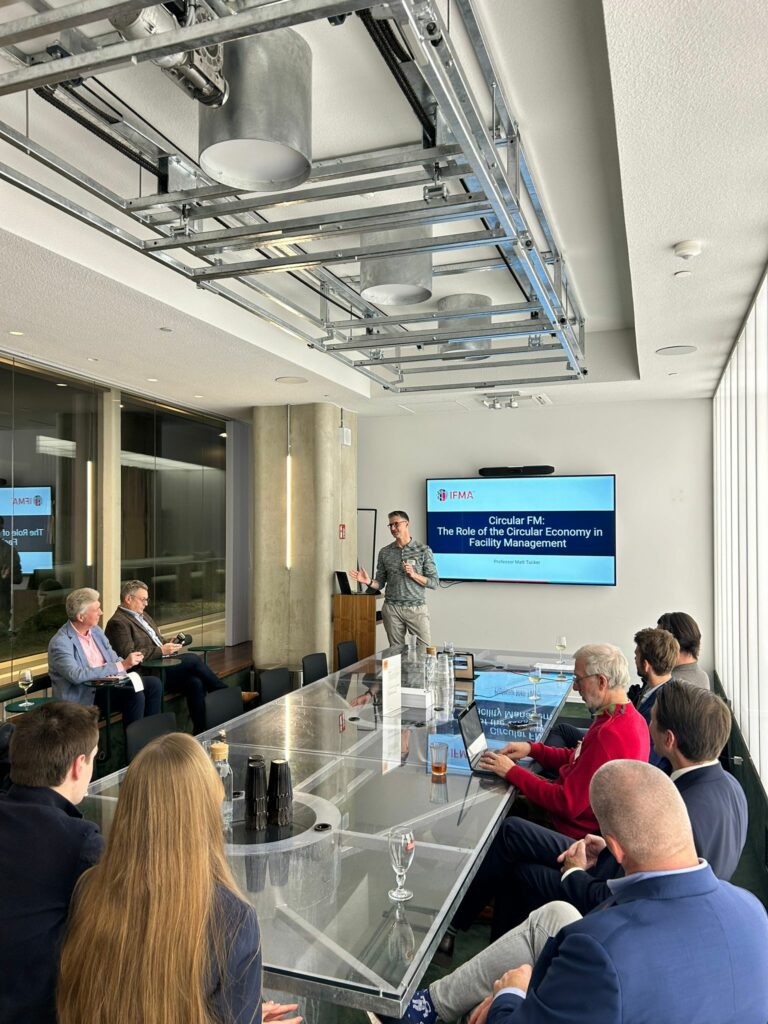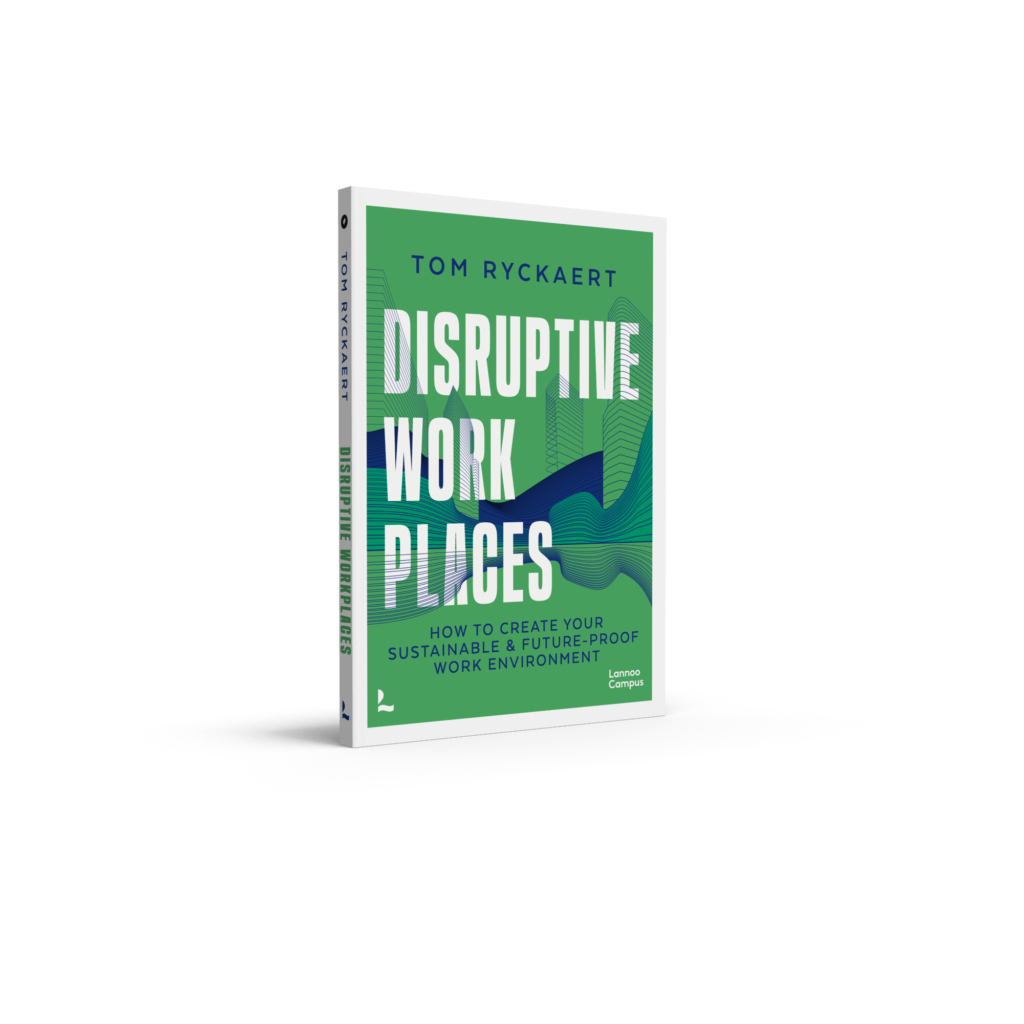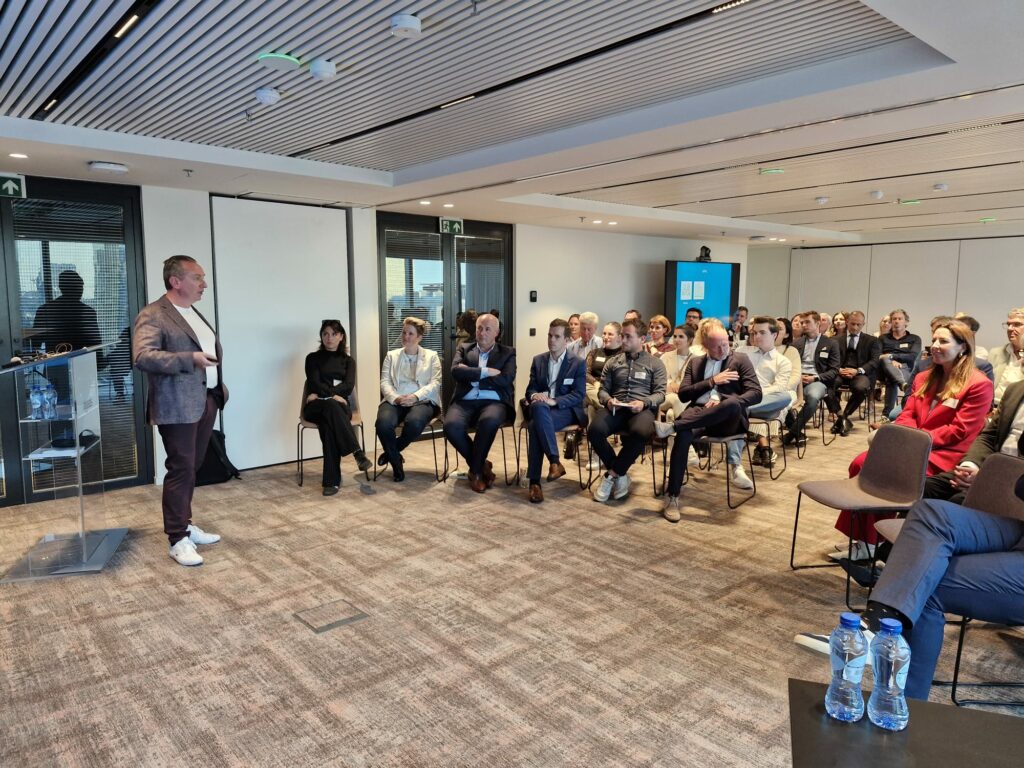One way to solve this problem is to apply classical behavioural psychology. In this case, we work according to three principles: the carrot, the stick, and the lecture. We discuss them briefly: the carrot obviously stands for the reward. For example, one can promise the employees a book voucher of 25 euros for the colleague who printed the least for a whole month. The stick stands for a punishment for the colleague who does not show the desired behaviour: “Jones, please come to my office. I have noticed that you systematically hang your coat on your chair instead of in the cloakroom. Please stay longer on Friday evening and clean up the archive as punishment.”

A bit radical, don’t you think? And then there is the third technique, namely the lecture: “Could you please close all the windows and activate the alarm when leaving the office? I beg you on my bare knees!”
The above methods can be effective, but they are certainly not a guarantee for success, and they are often not in line with the desired company culture. We need a much more elegant and less invasive methodology. The solution lies in applying “nudges.” A “nudge” is a subtle mental push that you give someone with the aim of influencing behaviour in a desired direction. It has been studied for many years in so-called behavioural economics and is often applied in marketing and government communication. The difference with classical techniques is that with nudging, we do not limit the freedom of choice of our employees. They can still choose to exhibit unwanted behaviour, but we simply make the desired behaviour more attractive. Nudges are based on so-called heuristics. Heuristics can best be described as mental shortcuts. They have formed in our brains during evolution to be able to act very quickly in a certain situation without thinking about it. As a result, today we make many automatic decisions that we are not really aware of. The unwanted behaviour that we observe in the office is often not due to unwillingness, but based on unconscious processes that are ingrained. It is precisely these same mental systems that we can use to adjust behaviour in our work environment.
Nudging is also crucial in a modern, activity-based office environment that offers a range of workplace types. Often, the workplace concept is not well-applied, raising the question of whether it was worth the investment. However, the problem is often due to insufficient prior consideration of the heuristics that drive behaviour in the work environment. Therefore, it is extremely important to carefully consider the location of the types of spaces in advance. From nudging theory, we know that users will make little effort to choose the appropriate space, so we need to make it as easy as possible for them. For example, never place a silent room on a different floor. The effort of moving to the place is too great. Users who like to work in a very quiet environment will avoid the effort. The result is silent rooms that are barley used and complaints about concentration problems in the open work environment.
Scientific research shows that the success of an activity-based workplace depends, among other things, on the variety of workplace types. In other words, we need to provide workplaces that can be used for every type of activity. However, we often have a tendency to make our concepts rather complicated. When our users have to make an extra mental effort to understand the difference between a brainstorming room, a meeting room, a project room or a scrum room, there is a good chance that they will walk into the first available room to perform any activity. The intended use of each workplace should be clear enough that users use them correctly without thinking. We can also take our colleagues on a journey and entice them to test new workspaces. In this case, we use gamification as a “nudge.” We turn trying out the new workspace into a game where users can perform tasks! Targeted communication actions to remind them to use the space can also be helpful. So nudging is not only about major interventions. It sometimes lies in simple yet effective measures.
Often in our organizations, the agreements regarding desired behaviour are not clear at all. “What exactly is expected of me when I’m leaving a meeting room?” “Can I leave my coffee cup or should I bring it to the kitchen?” “What are the habits in this organization?” Initially, I will look at my colleagues in this situation. The heuristic of “social norms” comes into play. If all users show the same behaviour, I will copy that behaviour without thinking. If a few colleagues set an example, there is a good chance that I will also help clean up the meeting room. Our application here is to work with ambassadors who make agreements about behaviour when a new workplace concept is introduced. The ambassadors become a kind of “influencers” who show their colleagues what is expected of them in the organization. This system only works when these ambassadors are at the same level as the target audience of the “nudge”. A good reason not to include managers in our ambassador group.
Another possible “nudge” to change behaviour is to give clear feedback to users. For example, automatically showing a simple, friendly, and funny video on the screen to trigger cleaning up at the end of each meeting. Or we can address the extremely annoying problem of meetings running over time by allowing online meeting tools to provide feedback on the elapsed time. This sensitizes users and adjusts the duration of the meeting. We can also use technology, such as IoT to allow the building to communicate with users: “Thank you for turning off the light!” “Thank you for washing your hands!” These are simple examples that can have a big impact on the functioning of our organization. If we want to get control over behaviour in our work environment in general, we must invest in an open and transparent culture where it is normal to give and receive feedback on user behaviour.
Perhaps you are wondering how we ultimately solved the dishwasher problem at brainmove. Well, as organizational psychologists, we applied a smart technique from our arsenal of nudges. We used “priming”. It is possible to implant an idea in the mind of users through a subtle stimulus that subsequently influences their behaviour. At the moment, there is a photo of the eyes of the author of this article above the dishwasher in the Brainmove HQ. The compelling eyes are the first thing you see when you enter the kitchen. I am still evaluating the effect on filling the dishwasher!
About the author

Anton Maes, brainmove
He is an organizational psychologist and expert in change management, hybrid working and strategic workplace development.

